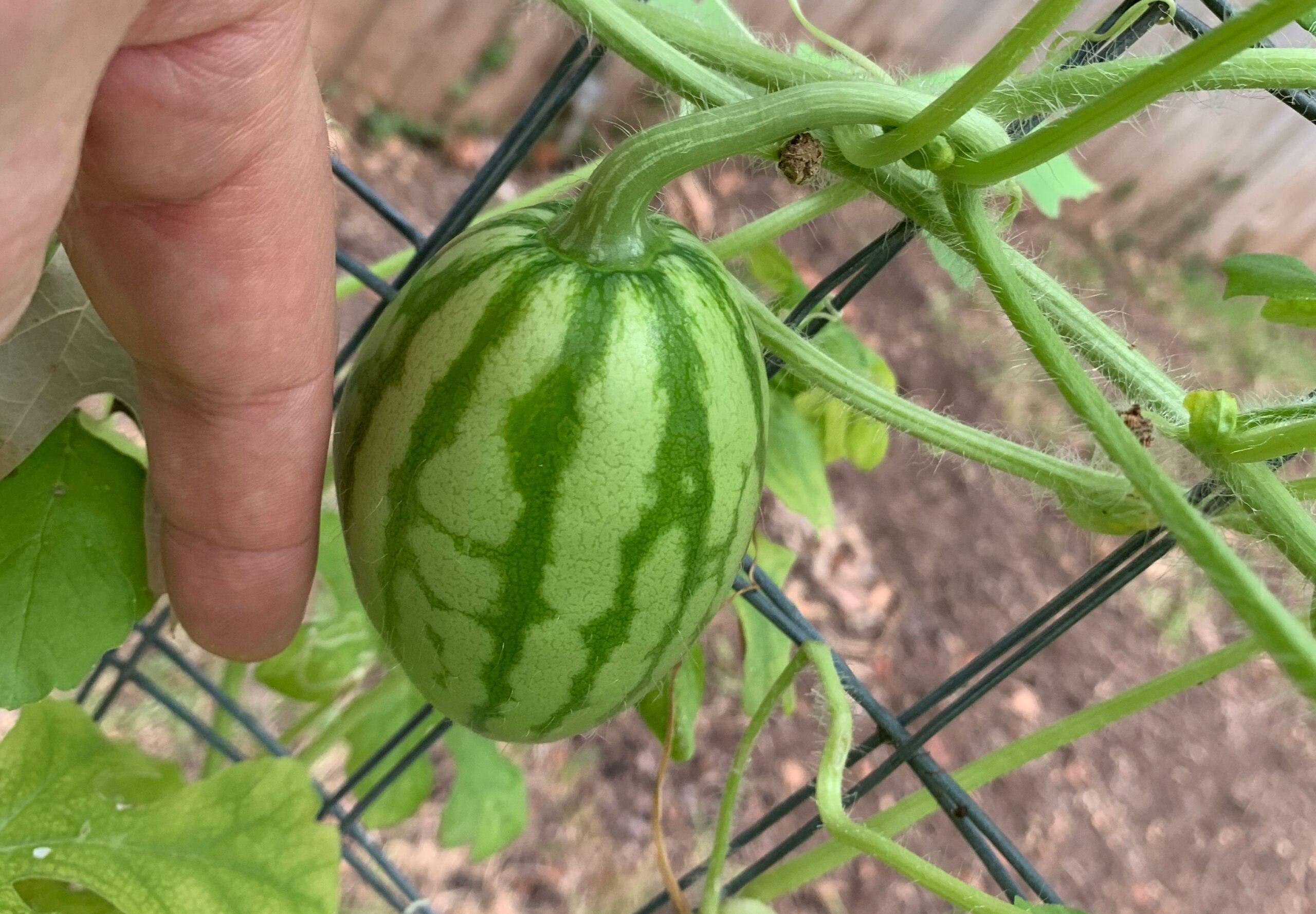Growing giant sunflowers can be a rewarding and enjoyable experience.
To help you grow giant sunflowers, here are some steps and tips to follow:
Terro Fruit Fly Trap 4 Traps + 90 Days Lure Supply
$13.29 (as of July 21, 2024 23:37 GMT +00:00 – More infoProduct prices and availability are accurate as of the date/time indicated and are subject to change. Any price and availability information displayed on [relevant Amazon Site(s), as applicable] at the time of purchase will apply to the purchase of this product.)GOOTOP Bug Zapper Outdoor Electric, Mosquito Zapper, Fly Traps, Fly Zapper, Mosquito Killer, 3 Prong Plug, 90-130V, ABS Plastic Outer (Black)
$39.99 (as of July 21, 2024 23:37 GMT +00:00 – More infoProduct prices and availability are accurate as of the date/time indicated and are subject to change. Any price and availability information displayed on [relevant Amazon Site(s), as applicable] at the time of purchase will apply to the purchase of this product.)Combat Max 12 Month Roach Killing Bait, Small Roach Bait Station, Child-Resistant, 18 Count
$15.39 (as of July 21, 2024 23:37 GMT +00:00 – More infoProduct prices and availability are accurate as of the date/time indicated and are subject to change. Any price and availability information displayed on [relevant Amazon Site(s), as applicable] at the time of purchase will apply to the purchase of this product.)Chapin 20000 Made in USA 1 -Gallon Lawn and Garden Pump Pressured Sprayer, for Spraying Plants, Garden Watering, Weeds and Pests, Polypropylene, Translucent White
$14.98 (as of July 21, 2024 23:37 GMT +00:00 – More infoProduct prices and availability are accurate as of the date/time indicated and are subject to change. Any price and availability information displayed on [relevant Amazon Site(s), as applicable] at the time of purchase will apply to the purchase of this product.)Zevo Flying Insect Trap, Fly Trap Captures Houseflies, Fruit Flies, and Gnats (1 Plug-in Base + 1 Cartridge)
$19.88 (as of July 21, 2024 23:37 GMT +00:00 – More infoProduct prices and availability are accurate as of the date/time indicated and are subject to change. Any price and availability information displayed on [relevant Amazon Site(s), as applicable] at the time of purchase will apply to the purchase of this product.)- Choose the right variety: Look for sunflower varieties specifically bred for their large size. Varieties such as ‘Russian Mammoth,’ ‘Giant Sungold,’ or ‘Titan‘ are known for producing enormous sunflower heads.
- Start indoors (optional): You can start your sunflowers indoors a few weeks before the last frost date in your area. Plant the seeds in biodegradable pots filled with a seed-starting mix. Transplant them outdoors once the soil has warmed up and all frost risks have passed.
- Select a sunny location: Sunflowers require full sun, so choose a spot in your garden that receives at least 6-8 hours of direct sunlight per day. They also prefer well-drained soil.
- Prepare the soil: Sunflowers thrive in fertile soil. Before planting, enrich the soil with organic matter such as compost or well-rotted manure. This will provide essential nutrients for the plants’ growth.
- Plant the seeds: Sunflower seeds are large and easy to handle. Plant them directly in the ground about 1-2 inches deep and 6-12 inches apart, depending on the variety. Water the seeds well after planting.
- Provide adequate water: Sunflowers have deep root systems, so it’s important to water them deeply and infrequently. Aim for about an inch of water per week, either from rainfall or supplemental irrigation. Avoid overwatering, as it can cause root rot.
- Stake for support: As the sunflowers grow taller, they may need support to prevent them from bending or breaking under their weight. Use stakes or a trellis to provide support, ensuring they are firmly anchored in the ground.
- Fertilize regularly: Sunflowers are heavy feeders, especially when aiming for larger blooms. Apply a balanced, water-soluble fertilizer every 2-3 weeks throughout the growing season. Follow the instructions on the fertilizer package for proper dilution and application.
- Mulch to retain moisture: Applying a layer of organic mulch around the base of the sunflowers will help retain soil moisture and suppress weed growth. Use materials like straw or wood chips, keeping the mulch a few inches away from the stem to prevent rotting.
- Monitor pests and diseases: Keep an eye out for common pests like aphids, slugs, or snails, and take appropriate measures to control them. Also, watch for signs of diseases such as powdery mildew or downy mildew, and promptly address any issues to minimize damage.
- Harvest and enjoy: Sunflowers usually take around 70-100 days to reach maturity. The back of the sunflower head will turn yellow, and the seeds will develop a hard shell. Harvest the sunflowers by cutting the stems about 12 inches below the flower head. Hang them upside down in a well-ventilated area to dry. Once the seeds are fully dry, you can remove them for roasting or save them for replanting.



















